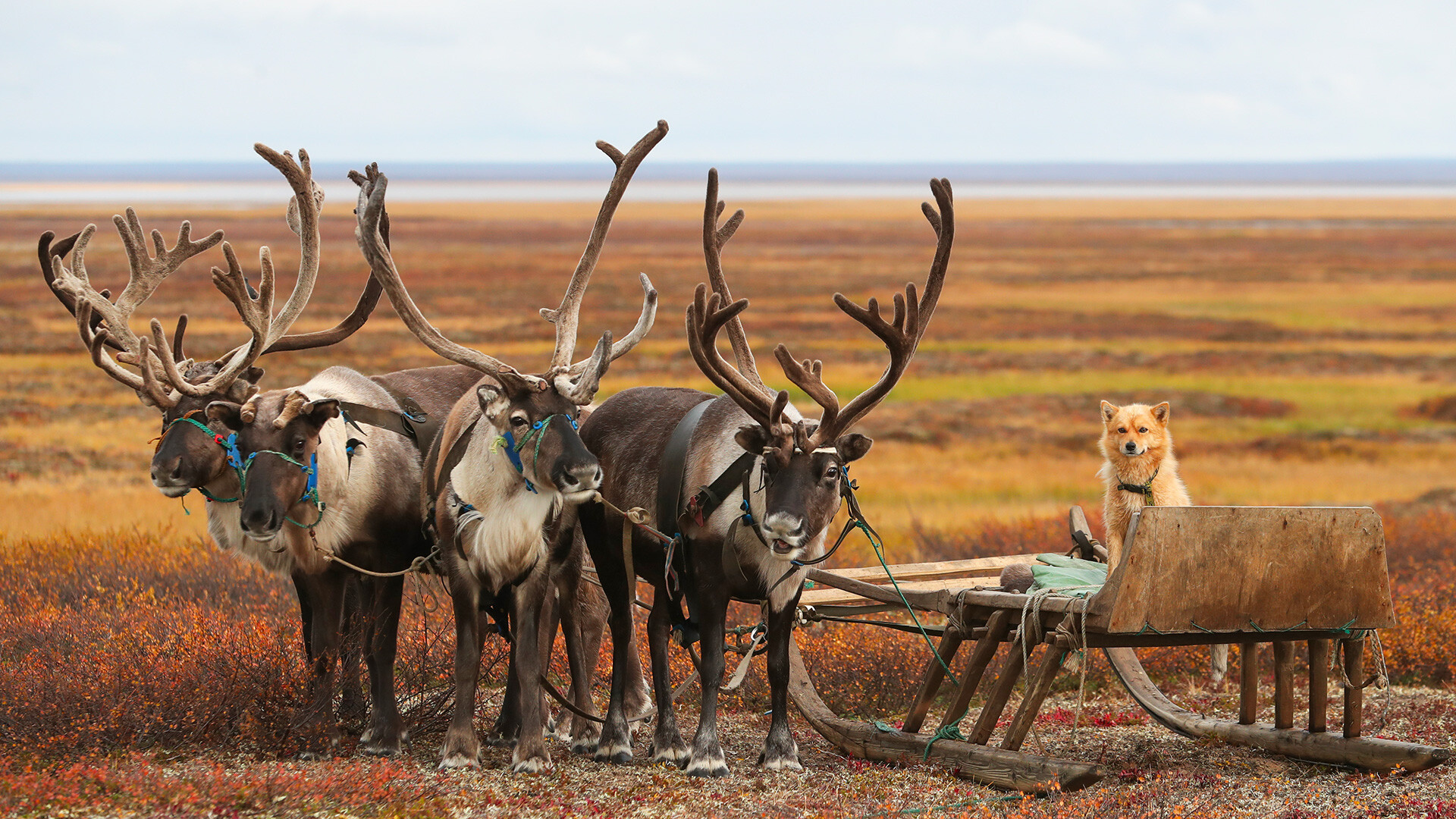
Reindeer are seen at a reindeer breeders' camping ground near the village of Karataika in Nenets Autonomous Area in far northern Russia.
Sergei Karpukhin/TASSRussia ranks third in the world by the total length of its railways. It’s unsurprising that the majority of Russians perceive rail service as present by default, even in places that have nothing else. However, as it turns out, even in Russia there are quite vast territories that are not reachable by rail transport.
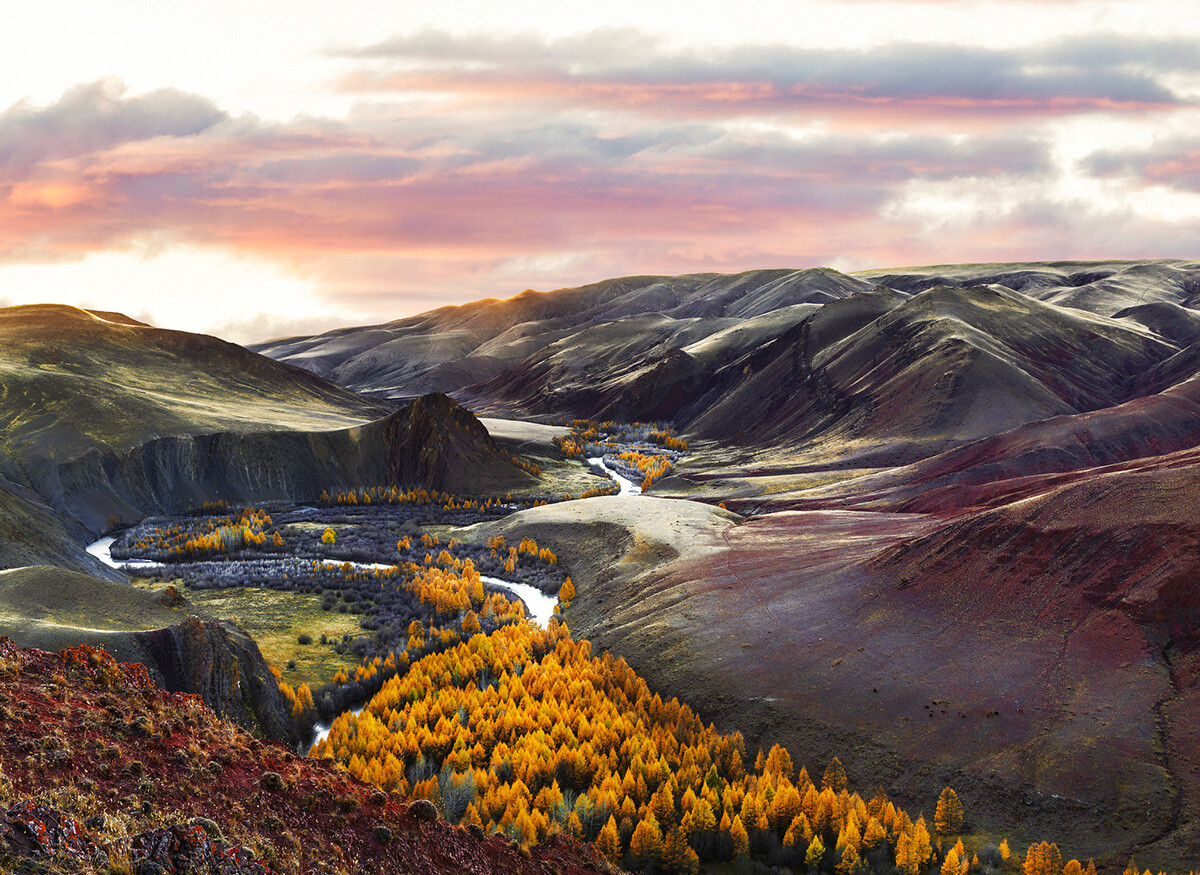
The Kyzylshin river at sunset, autumn. Altai Republic, Kosh-Agach district
Legion MediaThe mountains of Altai are one of the most popular tourist destinations in Russia. Travelers are lured in by them, as well as the lakes and forests. But, the only way to reach the region is either by plane through the only airport in Gorno-Altaysk or by car. A major part of the republic is covered by nature reserves with difficult mountain terrain and rapid rivers. Its population is relatively small, officially only 210,000 people. The closest train station is located in the city of Biysk in neighboring Altai Territory (the Republic of Altai and the Altai Territory are different regions).
Nonetheless, there were plans to connect Biysk and Gorno-Altaysk by rail back at the beginning of the 20th century. That’s just 120 kilometers of railway tracks, which is a small distance by Siberian measures. However, World War I scuppered these plans and then the Russian Civil War, after which the project was postponed indefinitely. A railway line was approved only in the 1980s, but the project never saw the light of day – the Soviet Union collapsed. Today, a new working group has been created for this project, but construction is yet to begin.
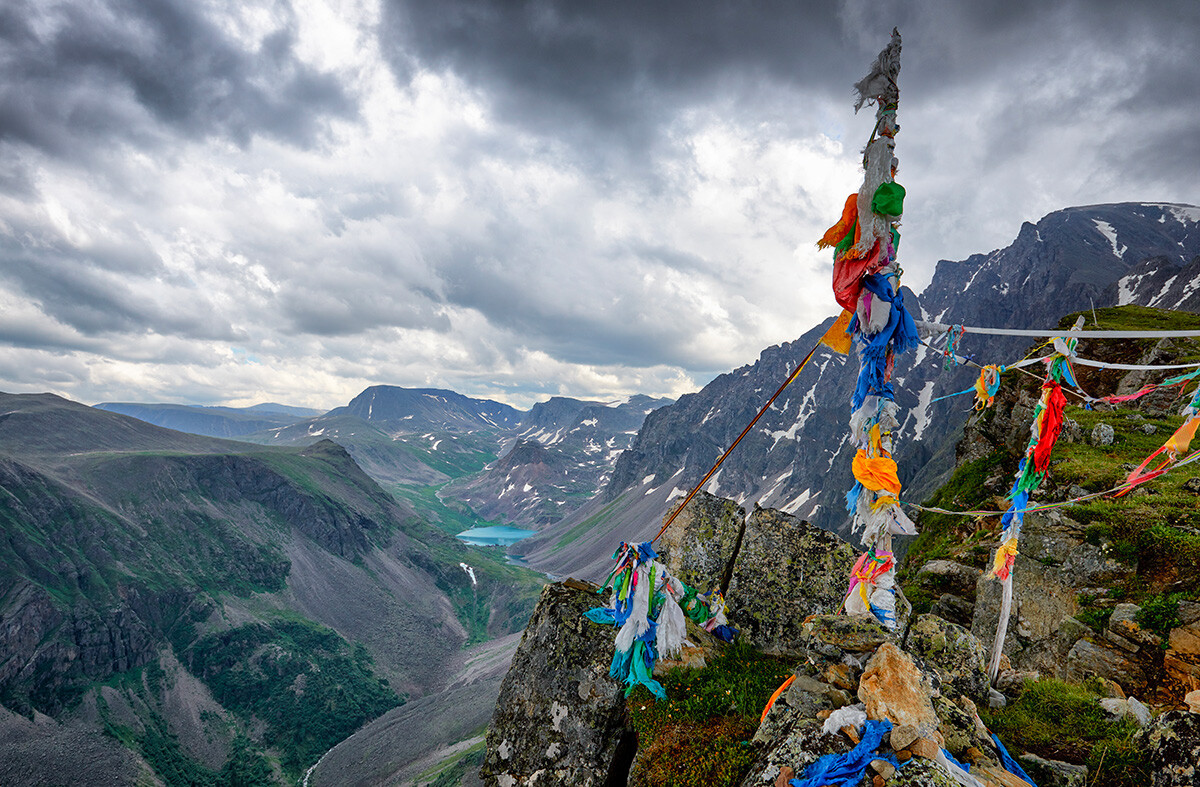
One of peaks of mountain range in Eastern Sayan. Numerous ribbons tied to alpenstocks. Tyva Republic.
zhaubasar/Getty ImagesTuva is another republic in South Siberia with a small population of about 340,000 people; a third of them live in the capital city of Kyzyl. It has an airport and highways; however, a railway was only planned in the 2010s. All because of the difficult mountain and taiga landscape, which makes the cost of the construction extremely high. The current construction of railway tracks will connect Kuragino station (south of Krasnoyarsk Territory, a branch of the South Siberian Mainline) to Kyzyl. This line will not just link the two regions, but also help develop coal deposits in Tuva and create thousands of workplaces. For now, the project has been postponed until 2026.

Reindeer are seen at a reindeer breeders' camping ground near the village of Karataika in Nenets Autonomous Area in far northern Russia.
Sergei Karpukhin/TASSA large part of this Russian region lies fully beyond the Arctic Circle. Half of its population – 23,000 people – lives in the city of Naryan-Mar. Others reside in small villages. This region has, of course, beautiful nature: the autonomous area is washed by several seas of the Arctic Ocean; there’s also tundra, sopkas (gently sloping hills) and large reserves of oil and gas. But, due to the difficult terrain, the Nenets Autonomous Area has been, until recently, connected to the “mainland” only by air service, as well as by river transport during the short local summer season. Even roads and highways are poorly developed. This is the only region of the European part of Russia that has no railway. The closest station is Usinsk in the Republic of Komi, 350 kilometers away from Naryan-Mar.
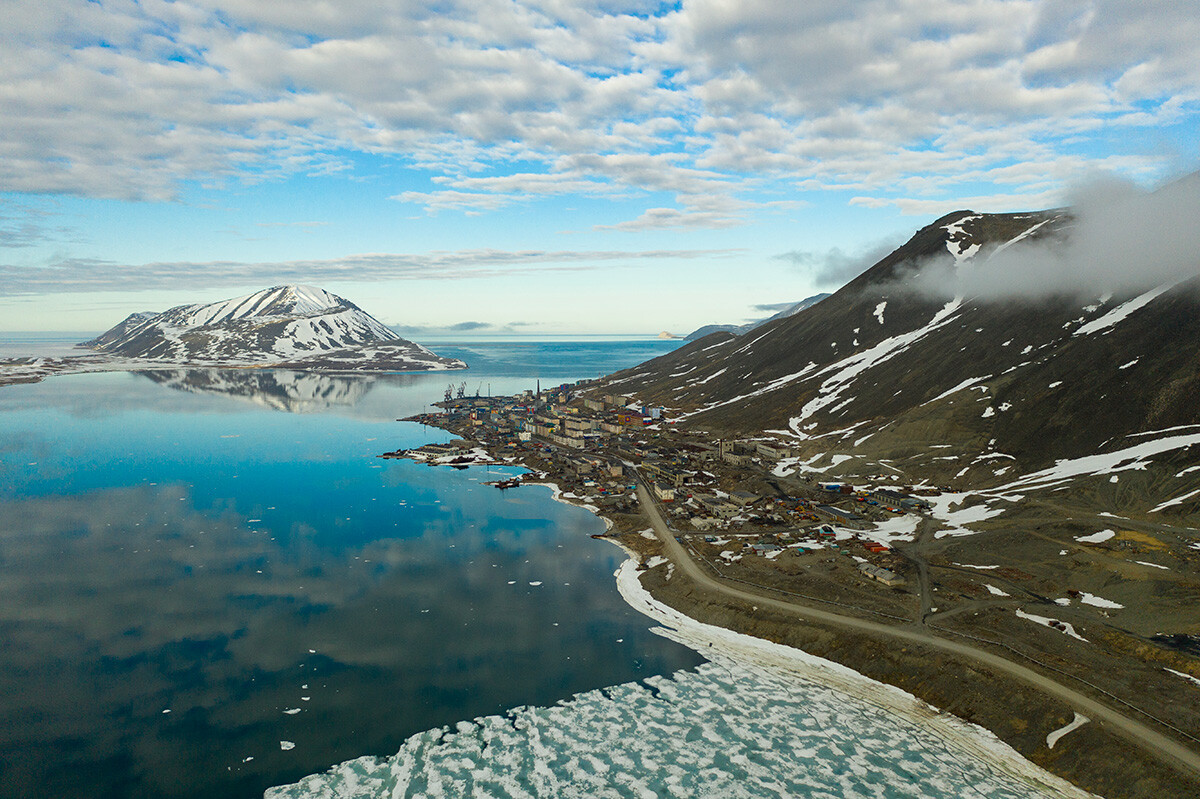
The top view on the bay Komsomolskaya and the settlement of Provideniya.
Kadnikov Valerii/Getty ImagesIn principle, you can only reach Chukotka via plane. There are 11 airfields for a 50,000 population. The main type of intercity transport – helicopters or small planes. Asphalt roads exist only around settlements; you can only go from one village to another either via air or an ice road. All because of the very difficult terrain and low profitability.
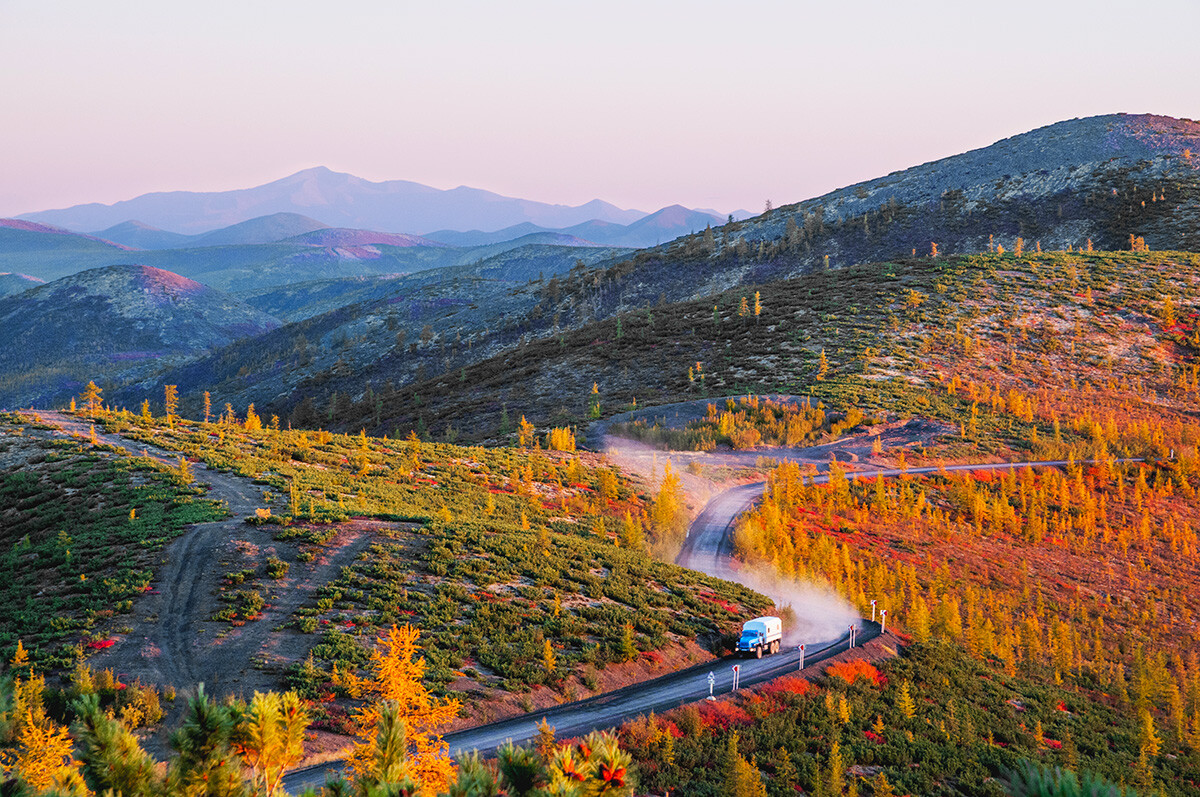
The federal road "Kolyma".
Pro-syanov/Getty ImagesMagadan Region is situated to the south from Chukotka and is also cut off from the “mainland”. This vast territory is populated by just 135,000 people (with 90,000 living in its capital – Magadan), it’s extremely unprofitable to build railways there. Since the region has access to the Sea of Okhotsk, all the necessary things are delivered via water.
With that being said, the region did have railroads in the middle of the 20th century. Those were narrow-gauge railways for exporting timber and coal, but they all were disassembled by the end of the 1950s.
There is a project for the construction of a modern railroad through Magadan: it’s supposed to become a branch of the Baikal-Amur Mainline. But that’s still in the distant future.
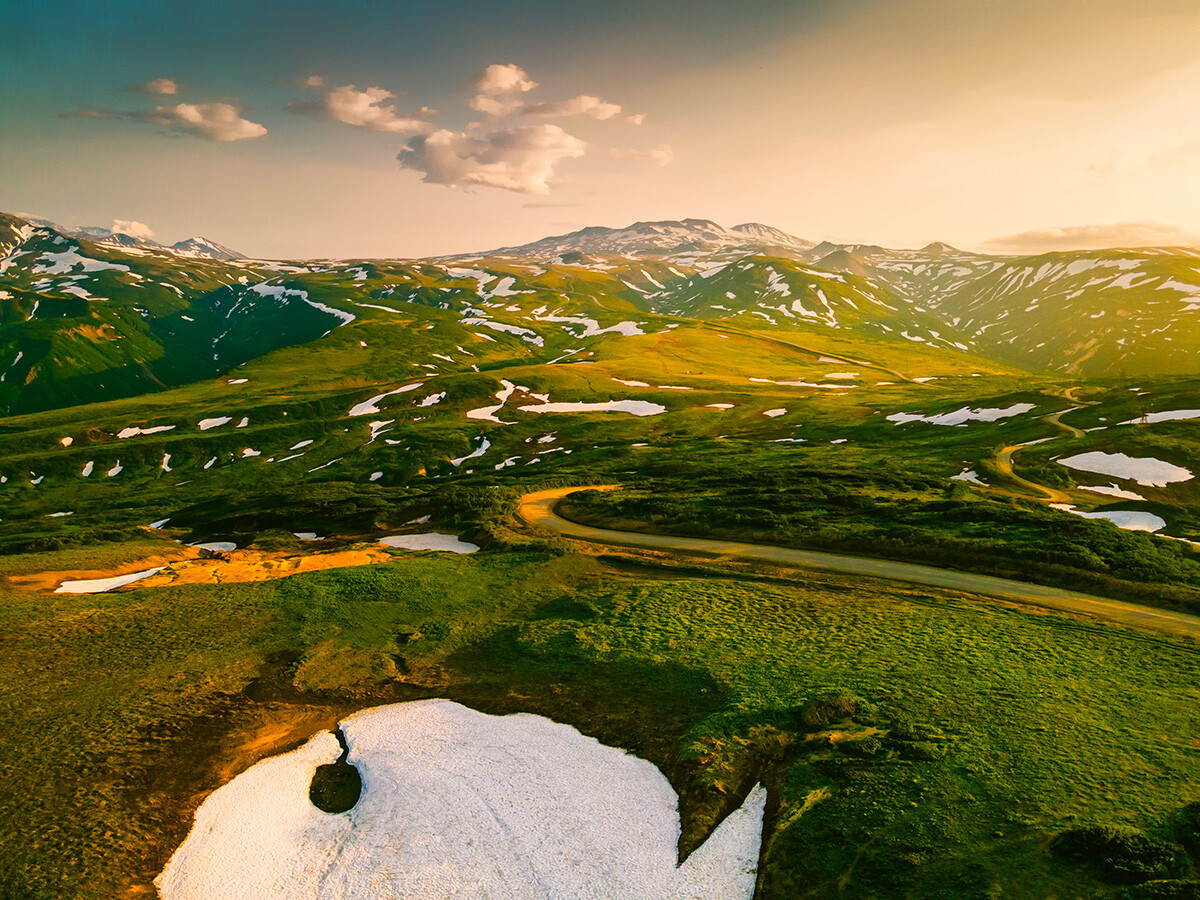
Mountains and volcanoes with snow at sunset on Vilyuchinsky pass in Kamchatka peninsula.
Olga Gavrilova/Getty ImagesThe Kamchatka Peninsula is a hard-to-reach region in the Far East, accessible only via plane or ship. Nonetheless, in the 1970s, the grand project of the 5,000-kilometer-long Lena-Kamchatka Railway Mainline appeared. It was supposed to link the Ust-Kut station in Irkutsk Region and Petropavlovsk-Kamchatsky, the capital of Kamchatka. Although the project was shelved, it was brought back to the drawing board in the 2010s.
Dear readers,
Our website and social media accounts are under threat of being restricted or banned, due to the current circumstances. So, to keep up with our latest content, simply do the following:
If using any of Russia Beyond's content, partly or in full, always provide an active hyperlink to the original material.
Subscribe
to our newsletter!
Get the week's best stories straight to your inbox